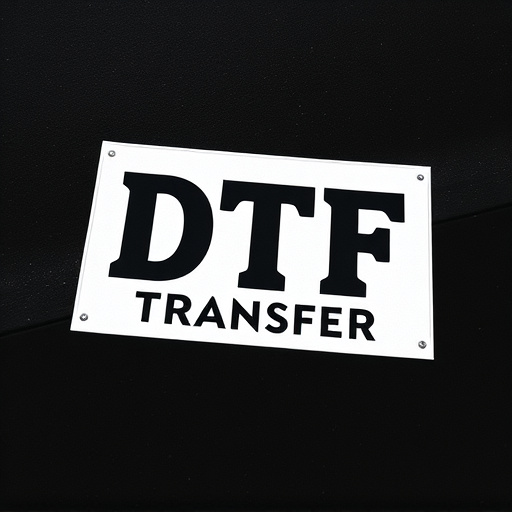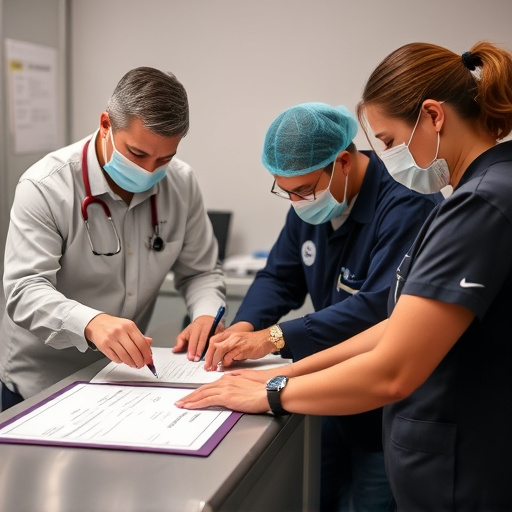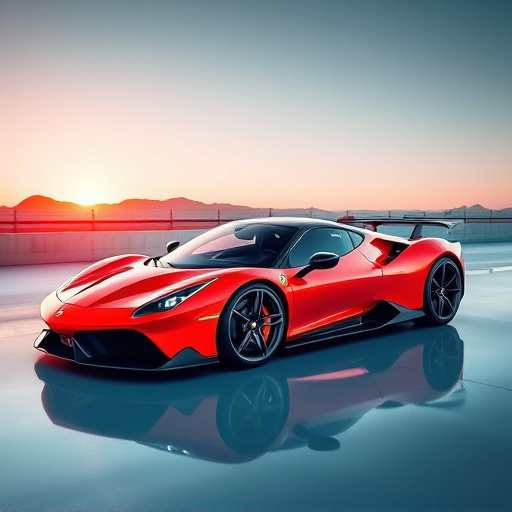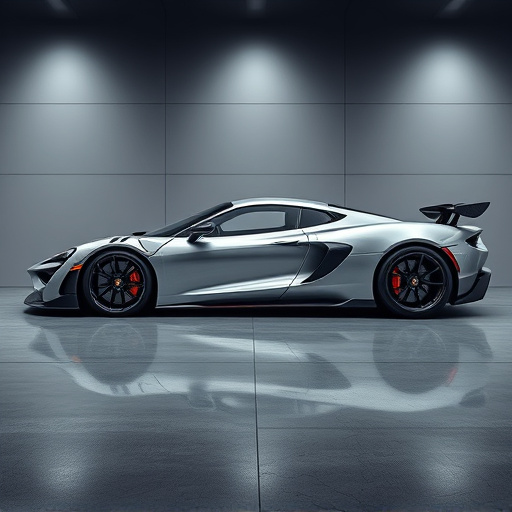Supercharger compatible intakes optimize forced-induction systems, enhancing engine performance by maximizing airflow while ensuring reliable powertrain integration. These intakes, crucial for high-performance vehicles and industrial applications like marine and aircraft engines, significantly boost power, torque, fuel efficiency, and throttle response through efficient air compression in combustion chambers.
Forced induction intake designs are a game changer for automotive enthusiasts seeking enhanced performance. Understanding forced induction and its benefits, such as increased power outputs and improved fuel efficiency, is crucial. This article delves into the intricacies of supercharger compatible intakes, exploring design considerations tailored to these powerful systems. We also highlight the advantages and diverse applications of forced-induction technologies, making it a comprehensive guide for car enthusiasts and professionals alike.
- Understanding Forced Induction and Its Benefits
- Supercharger Compatible Intakes: Design Considerations
- Advantages and Applications of Forced-Induction Systems
Understanding Forced Induction and Its Benefits

Forced induction is a powerful technique used to enhance engine performance by forcing more air into the combustion chamber. Unlike atmospheric intake systems that rely on gravity and the natural pressure difference between the intake and exhaust, forced-induction systems use an external force, typically in the form of a supercharger or turbocharger, to draw in and compress air. This process allows for a greater amount of oxygen to be present during the combustion cycle, resulting in increased power output and improved engine efficiency.
Supercharger compatible intakes are specifically designed to take full advantage of forced-induction systems. These intakes are engineered to provide optimal airflow, ensuring maximum efficiency and performance gains. By utilizing high-flow air filters and meticulously crafted air intake paths, supercharger compatible intakes can deliver cool, dense air directly to the engine, enhancing torque delivery and overall responsiveness. This technology is particularly beneficial for vehicles seeking significant power upgrades while maintaining a reliable and efficient powertrain.
Supercharger Compatible Intakes: Design Considerations

Supercharger Compatible Intakes: Design Considerations
When designing supercharger compatible intakes for forced-induction applications, several key factors come into play. The primary goal is to maximize airflow while ensuring seamless integration with the supercharger. This involves creating a robust and efficient air intake system that can withstand high-pressure air from the supercharger, minimizing restrictions at each stage of the process. Designers must carefully consider the path of air flow, incorporating smooth transitions and curves to prevent turbulence and backpressure.
Additionally, materials play a crucial role in supercharger compatible intakes. The components must be made from durable, heat-resistant materials capable of withstanding extreme temperatures generated during forced induction. Flexibility in design also enables better adaptability to various vehicle configurations, ensuring optimal performance under diverse driving conditions.
Advantages and Applications of Forced-Induction Systems
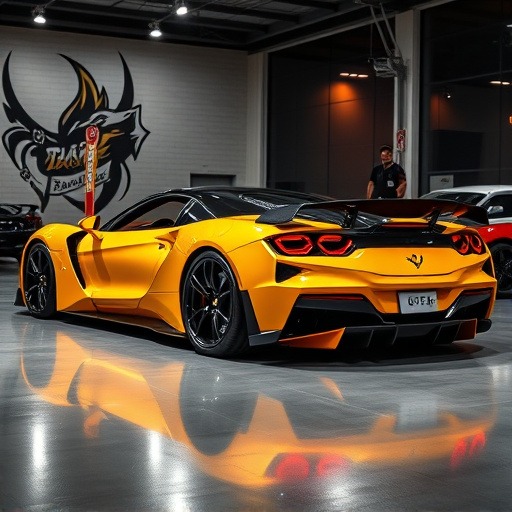
Forced-induction systems, such as supercharger compatible intakes, offer a significant performance boost for vehicles and engines. One of the primary advantages is increased air intake, which directly translates to more power and better torque. This technology is particularly useful in high-performance cars, off-road vehicles, and boats where maximum output is essential. By forcing more air into the combustion chamber, forced-induction systems enable engines to burn fuel more efficiently, resulting in improved throttle response and overall driving dynamics.
These systems have diverse applications across various industries. In automotive racing, supercharger compatible intakes are widely used to gain an edge over competitors. They are also popular among enthusiasts who seek to enhance their vehicles’ performance without compromising reliability. Additionally, forced-induction is employed in industrial applications like marine engines and aircraft, where high power output and reliability are critical for safe and efficient operation.
Forced-induction systems, particularly supercharger compatible intakes, offer significant performance enhancements for automotive enthusiasts. By designing intake systems that seamlessly integrate with superchargers, these setups can deliver more power and torque, improving overall vehicle performance. Understanding the benefits and specific design considerations of supercharger compatible intakes is key to unlocking the full potential of forced-induction technology, making it a popular choice among those seeking an advanced driving experience.
